Best Lettuce Companion Plants That Will
Best Lettuce Companion Plants That Will Improve Your Harvest
Lettuce is a popular vegetable that is easy to grow in most gardens. However, there are some plants that can help to improve your lettuce harvest. These are known as companion plants, and they can provide a number of benefits to lettuce, such as:
- Attracting beneficial insects. Some companion plants, such as marigolds and nasturtiums, attract beneficial insects that prey on pests that damage lettuce, such as aphids and slugs.
- Distracting pests. Other companion plants, such as calendula, can attract pests away from lettuce. This is because pests are attracted to the strong scents of these plants.
- Improving soil health. Some companion plants, such as beans and peas, can help to improve soil health by fixing nitrogen. This is important for lettuce, as it is a nitrogen-hungry plant.
- Providing shade. Some companion plants, such as tomatoes and corn, can provide shade for lettuce in hot weather. This helps to prevent lettuce from bolting, which is when it prematurely produces flowers and seeds.
If you are looking to improve your lettuce harvest, consider planting some of these companion plants in your garden. You may be surprised at how much of a difference they make!
Here are some of the best lettuce companion plants:
- Marigolds. Marigolds are one of the most popular companion plants for lettuce. They attract beneficial insects that prey on pests, such as aphids and slugs. They also help to improve soil health by fixing nitrogen.
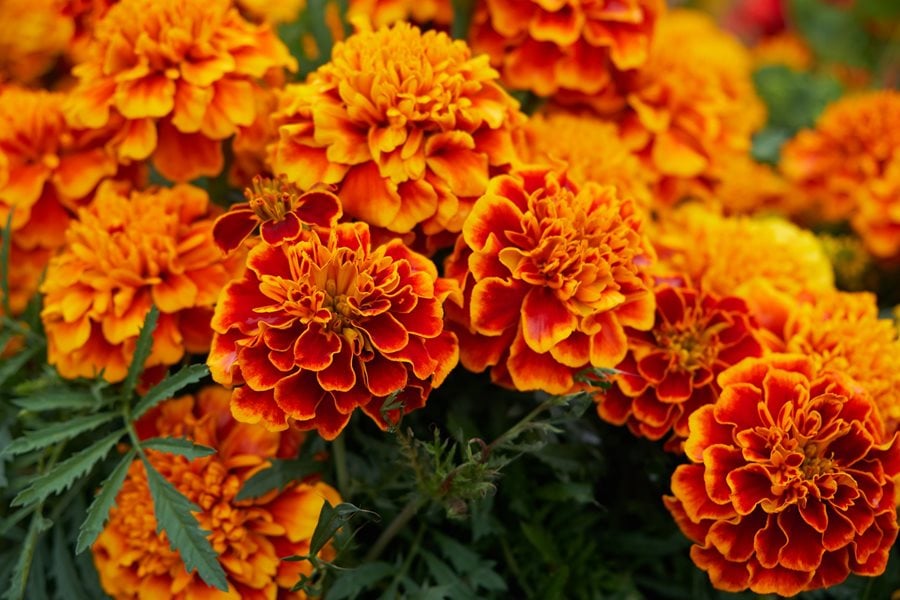
- Nasturtiums. Nasturtiums are another great companion plant for lettuce. They attract beneficial insects and help to improve soil health. They also have a strong scent that can help to distract pests from lettuce.
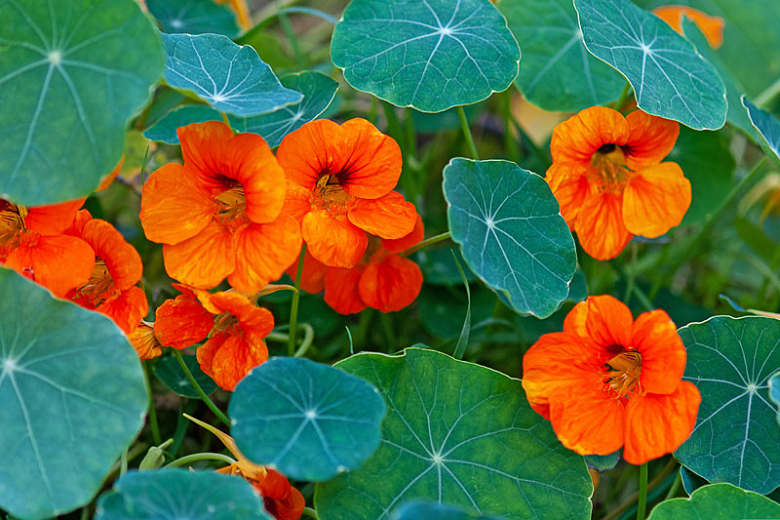
- Calendula. Calendula is a flowering plant that can be used as a companion plant for lettuce. It attracts beneficial insects and helps to improve soil health. It also has a strong scent that can help to distract pests from lettuce.

- Chives. Chives are a type of herb that can be used as a companion plant for lettuce. They help to repel pests, such as aphids and slugs. They also have a strong scent that can help to mask the scent of lettuce, which can deter pests.
- Garlic. Garlic is another type of herb that can be used as a companion plant for lettuce. It helps to repel pests, such as aphids and slugs. It also has a strong scent that can help to mask the scent of lettuce, which can deter pests.

- Beans. Beans are a type of legume that can be used as a companion plant for lettuce. They help to improve soil health by fixing nitrogen. They also provide shade for lettuce in hot weather.
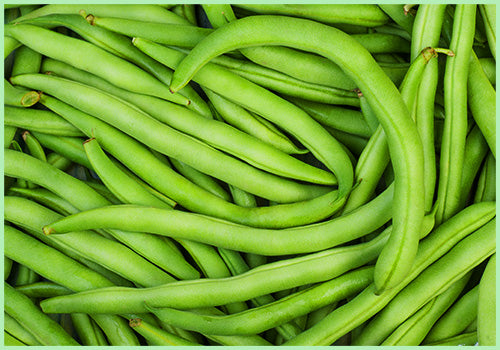
- Peas. Peas are another type of legume that can be used as a companion plant for lettuce. They help to improve soil health by fixing nitrogen. They also provide shade for lettuce in hot weather.

- Carrots. Carrots are a root vegetable that can be used as a companion plant for lettuce. They help to loosen the soil and improve drainage. They also attract beneficial insects, such as ladybugs and lacewings, which prey on pests that damage lettuce.
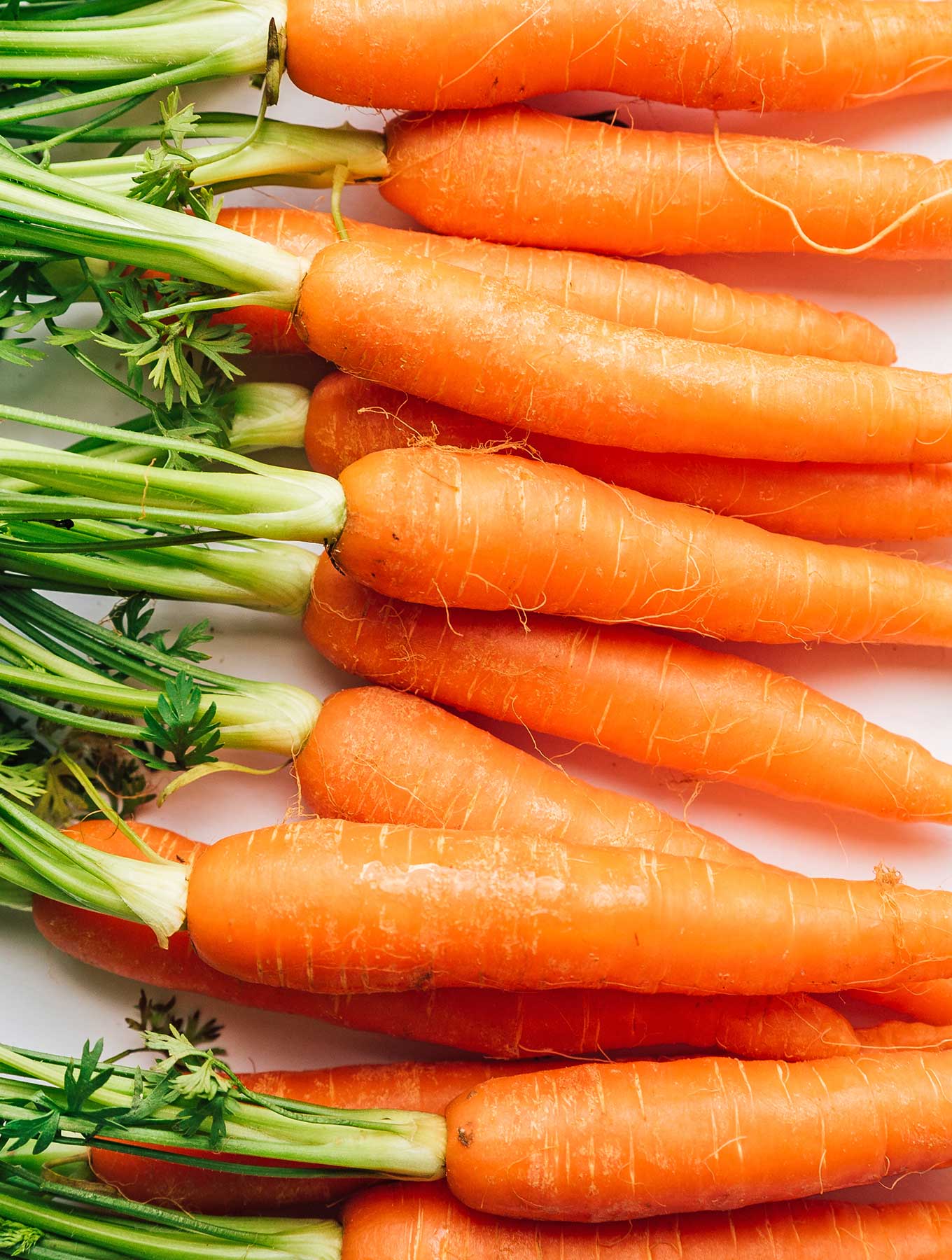
- Beets. Beets are another root vegetable that can be used as a companion plant for lettuce. They help to loosen the soil and improve drainage. They also attract beneficial insects, such as ladybugs and lacewings, which prey on pests that damage lettuce.

These are just a few of the many great companion plants for lettuce. When choosing companion plants, it is important to consider the specific needs of your lettuce plants and the climate in your area. By planting the right companion plants, you can improve your lettuce harvest and have a healthier, more productive garden.
Lettuce is a delicious and versatile vegetable that can be grown in many different climates. But did you know that there are certain plants that can help lettuce grow better? These are called companion plants, and they can provide a number of benefits to lettuce, such as:
- Attracting beneficial insects. Some companion plants, such as marigolds and nasturtiums, attract beneficial insects that help to control pests. For example, marigolds attract ladybugs, which eat aphids, a common pest of lettuce.
- Distracting pests. Other companion plants, such as calendula, can actually attract pests away from lettuce. Calendula is a favorite food of slugs, so planting it near lettuce can help to keep these pests away from your crop.
- Improving soil quality. Some companion plants, such as carrots and onions, help to improve soil quality by breaking down organic matter and adding nutrients. This can benefit lettuce by providing it with the nutrients it needs to grow strong and healthy.
If you're interested in learning more about the best companion plants for lettuce, I recommend visiting Gardenia Inspiration. This website has a comprehensive list of companion plants, as well as information on the benefits of each plant. You can also find tips on how to plant and care for your lettuce crop.
FAQ of best lettuce companion plants
- What are the best companion plants for lettuce?
Some of the best companion plants for lettuce include:
- Carrots: Carrots help to loosen the soil and attract beneficial insects, such as ladybugs and lacewings, which eat aphids.

- Marigolds: Marigolds help to deter pests, such as nematodes and aphids, and can help to improve soil health. They can also be a trap crop for slugs.

- Nasturtiums: Nasturtiums attract beneficial insects, such as predatory mites and parasitic wasps, and deter insect pests, such as the infamous beetles and aphids.
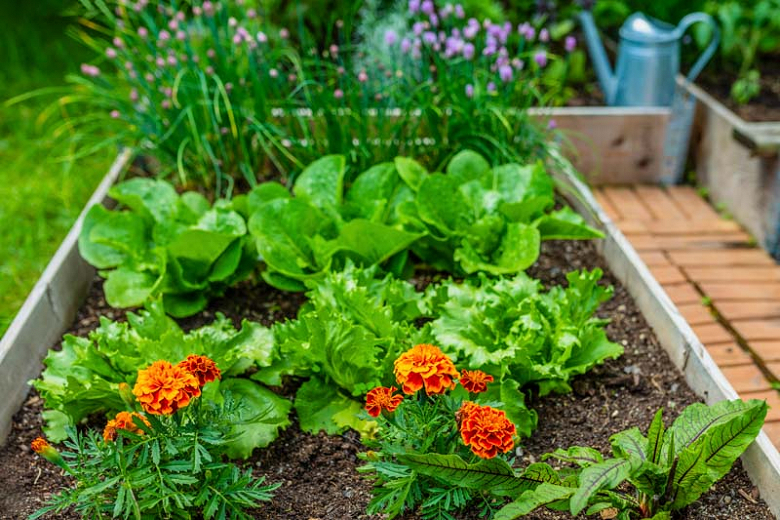
- Onions and shallots: Onions help to deter pests, such as aphids, and they discourage rabbits.
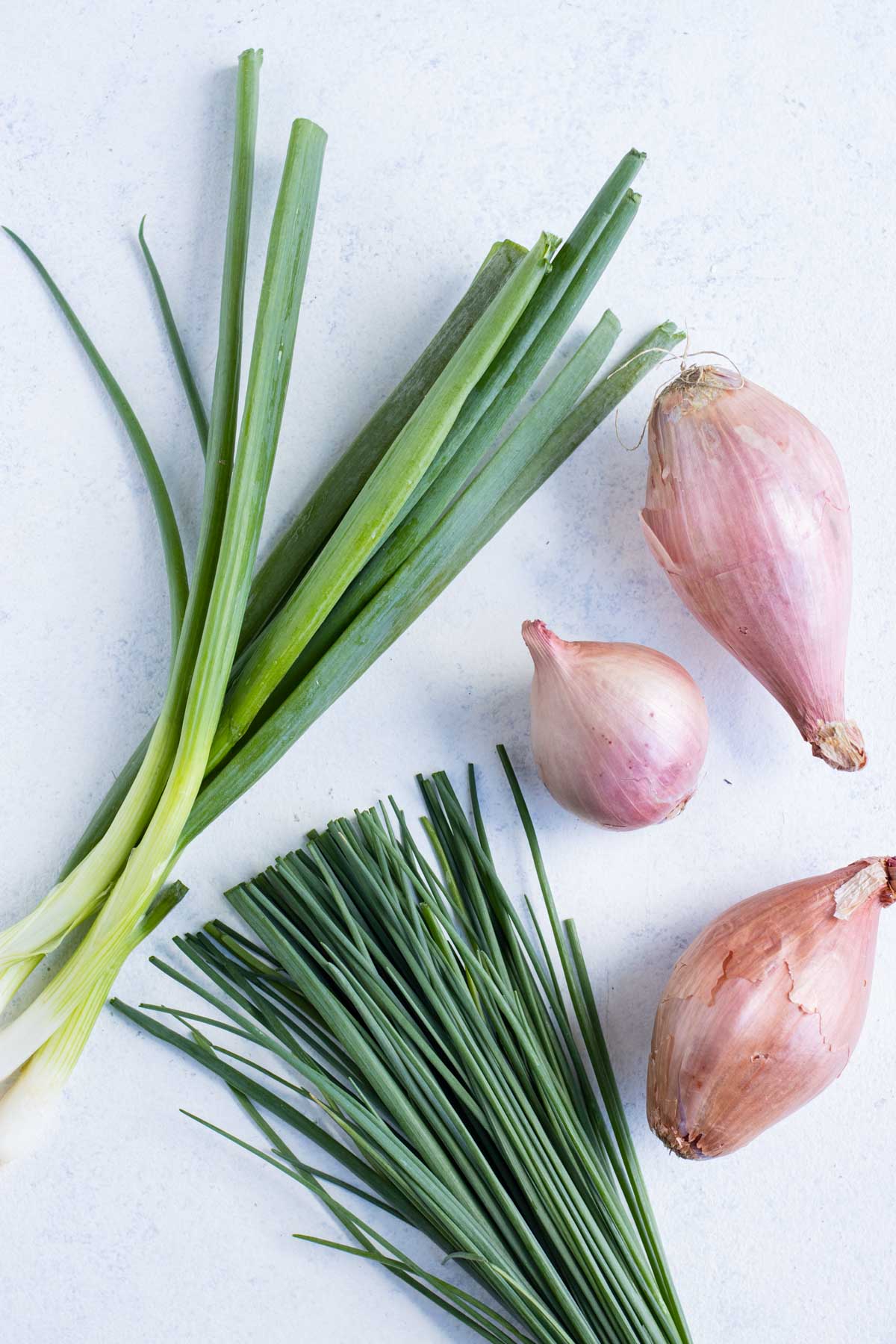
- Peas: Peas help to fix nitrogen in the soil, which can benefit lettuce plants.
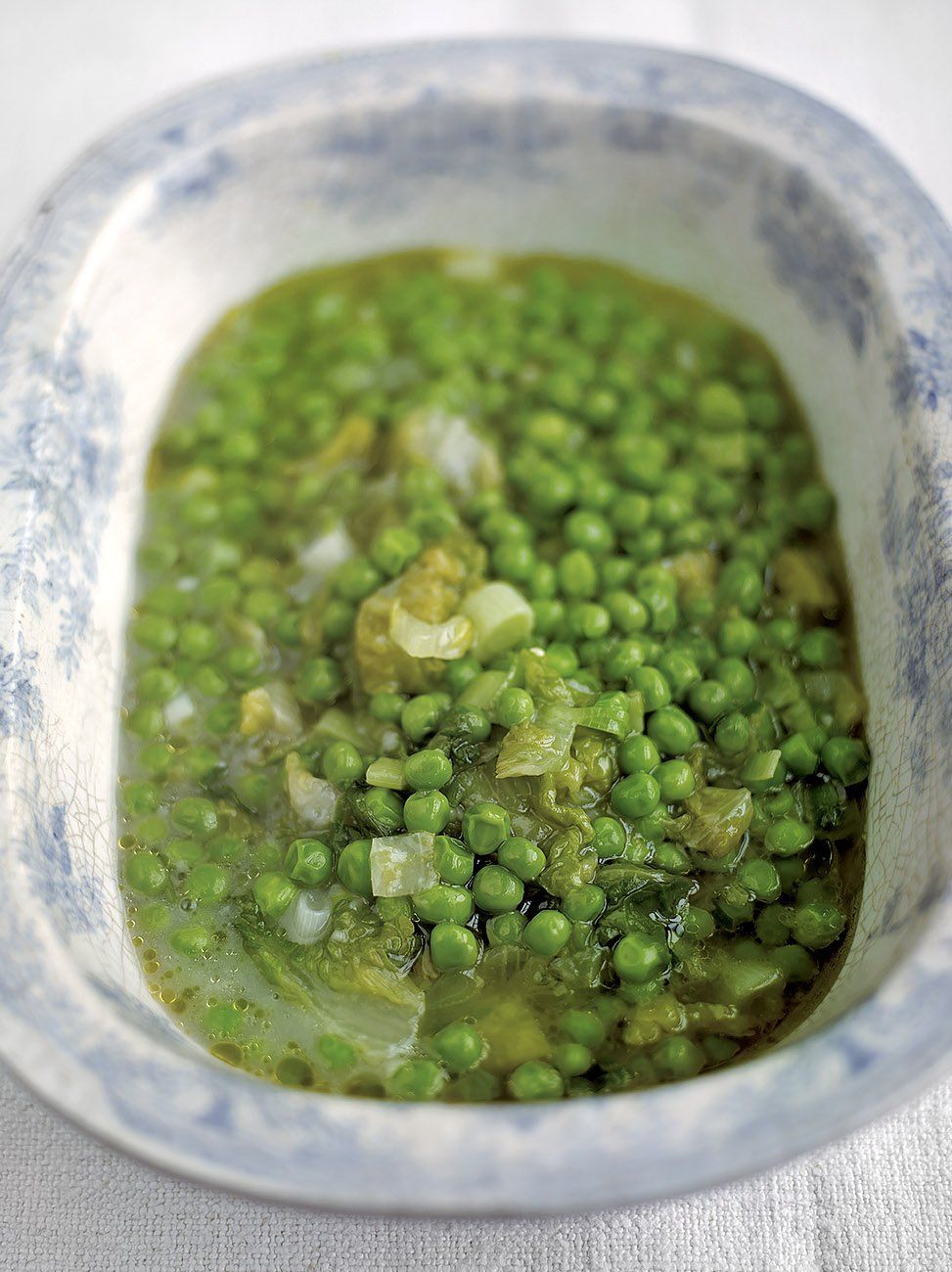
- Radishes: Radishes can be used as a trap crop for flea beetles.
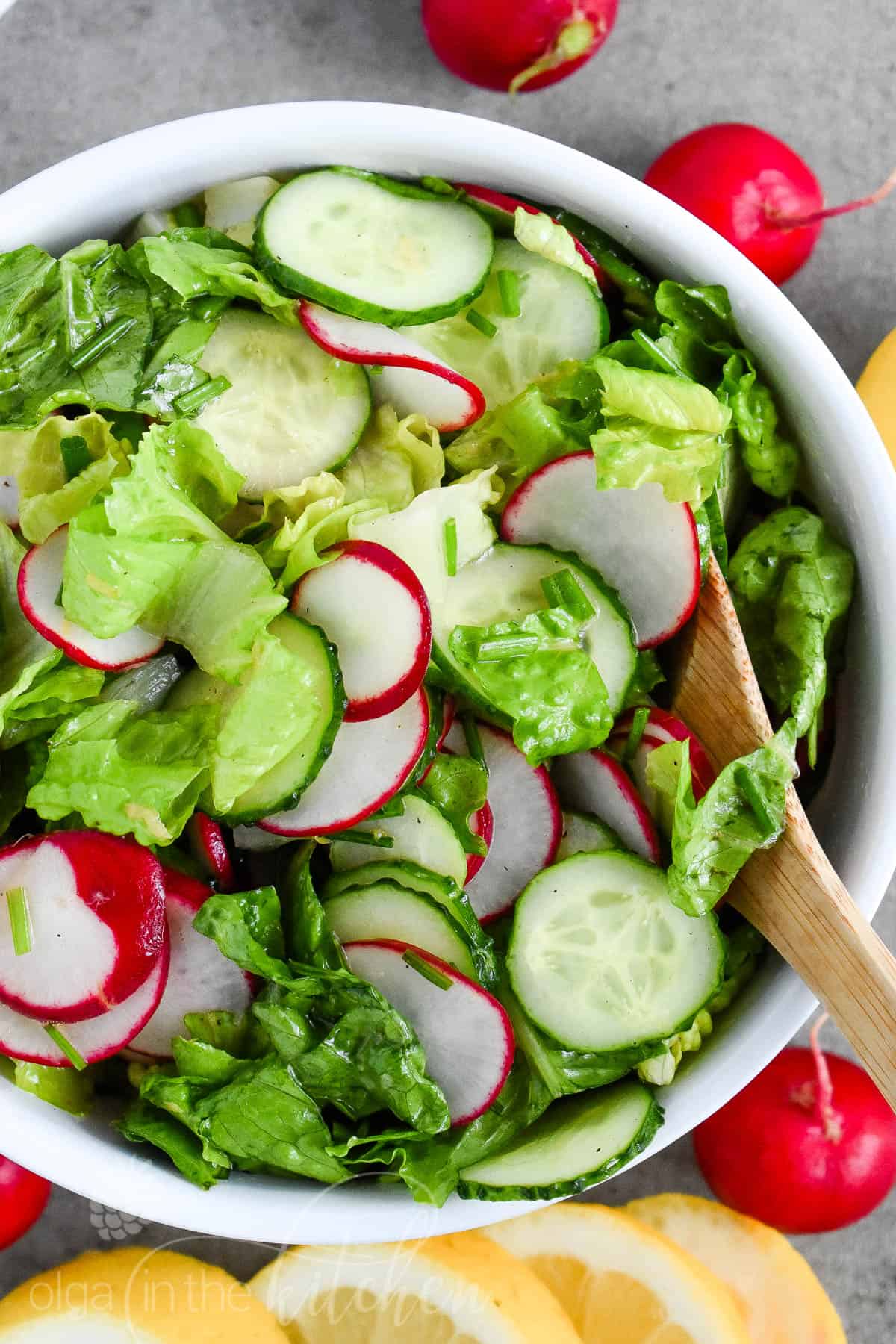
- Spinach: Spinach grows well in the same type of soil as lettuce and can help to shade the roots of lettuce plants from the heat.
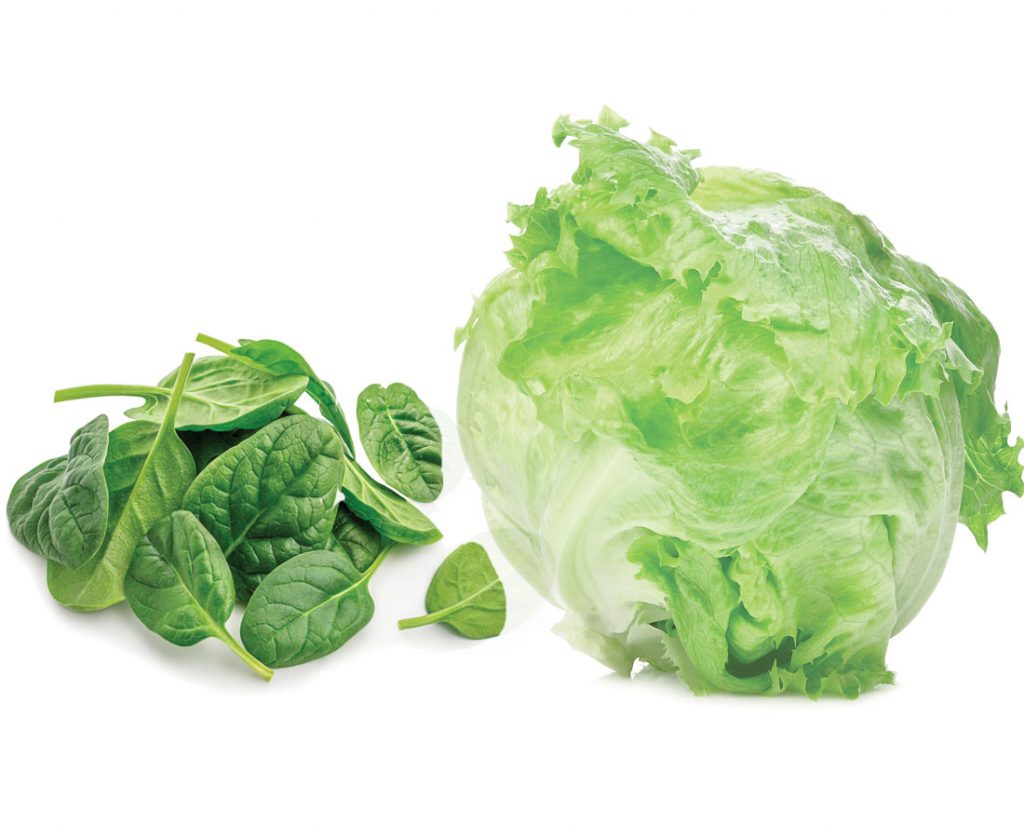
- Tomatoes: Tomatoes provide shade for lettuce plants and can help to deter pests.
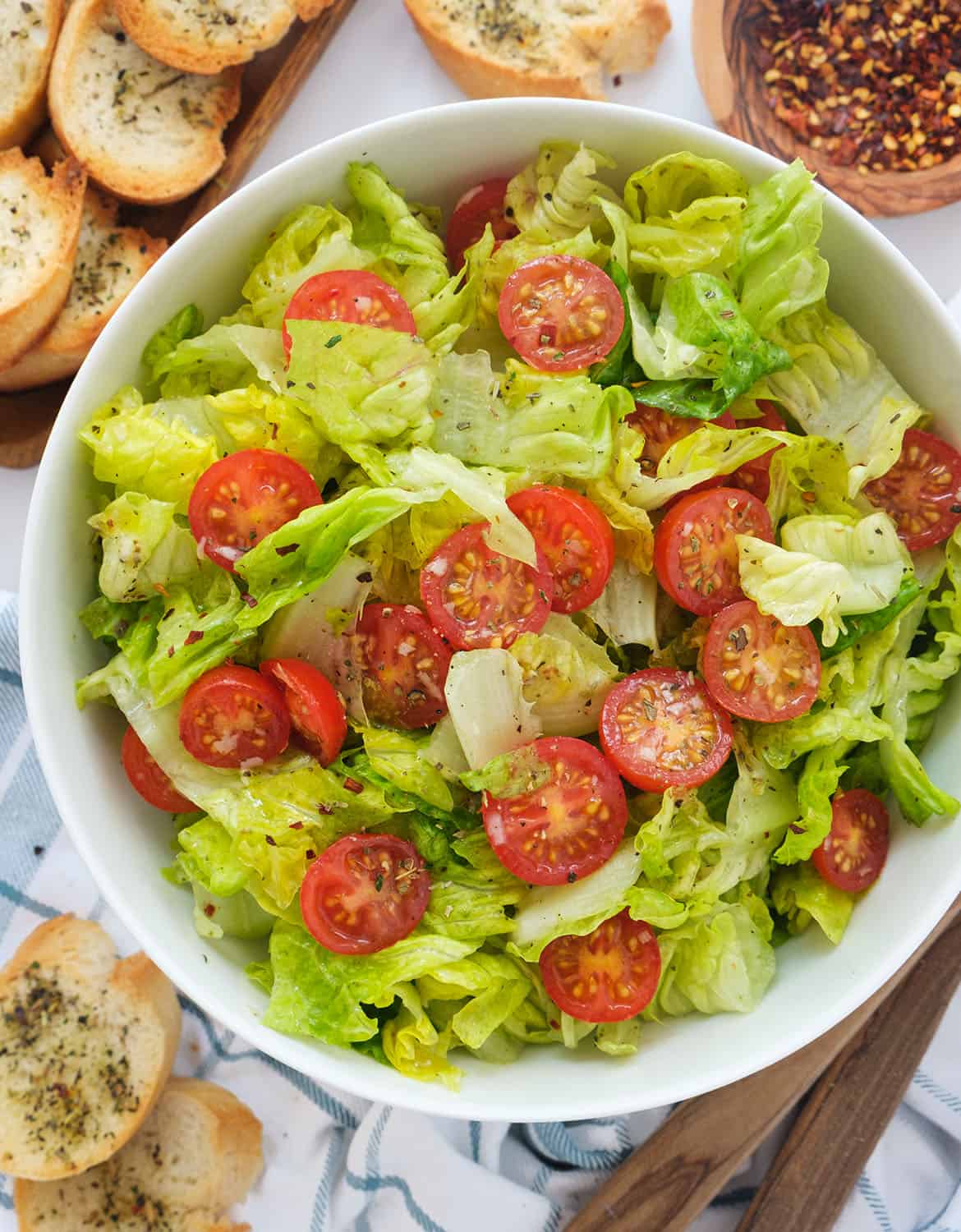
- What are some plants that should not be planted near lettuce?
Some plants that should not be planted near lettuce include:
- Brassicas: Brassicas, such as broccoli, cabbage, and kale, can attract pests that also target lettuce plants.
- Cucumbers: Cucumbers can attract cucumber beetles, which can also damage lettuce plants.
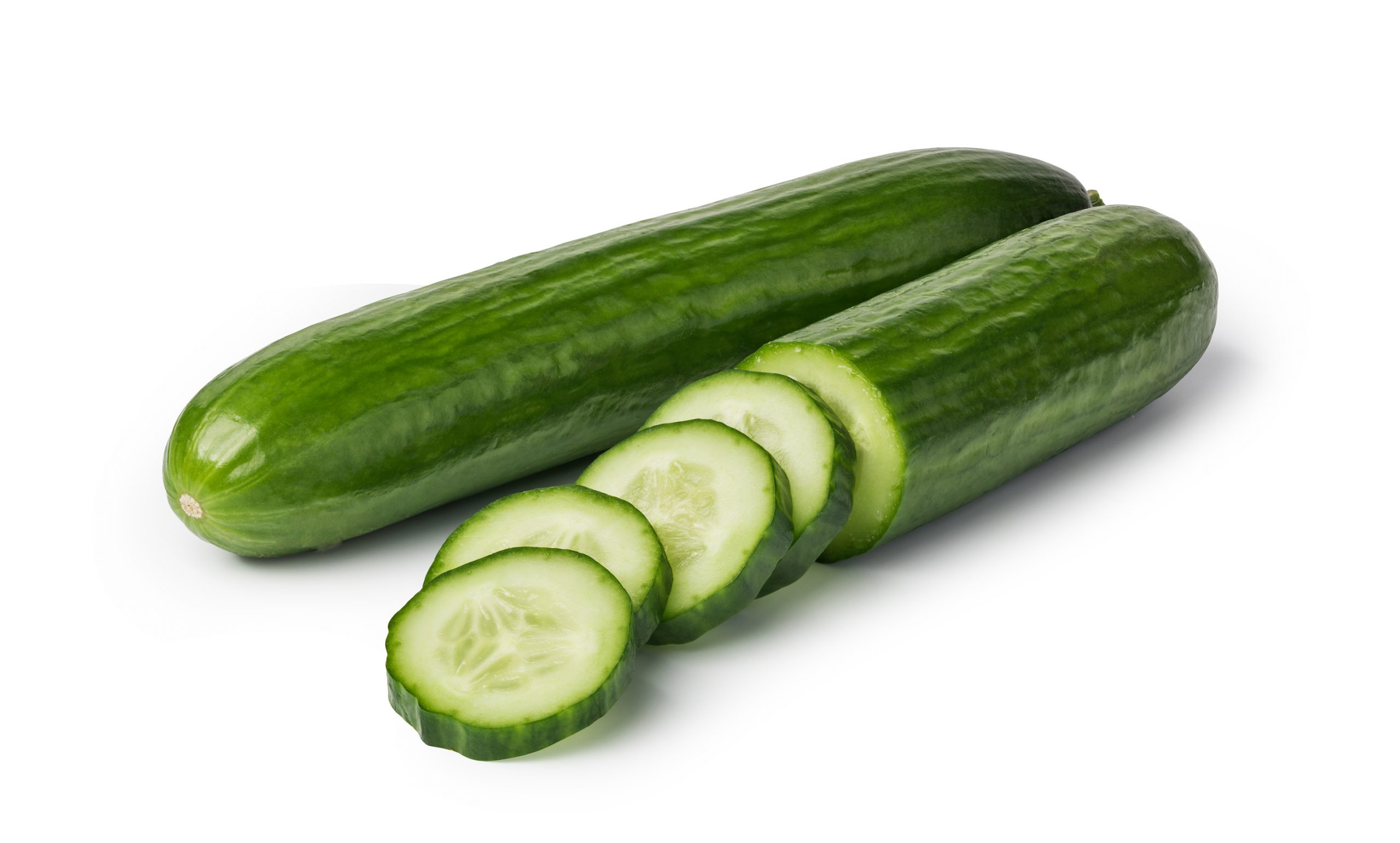
- Melons: Melons can attract pests and diseases that can also affect lettuce plants.
- Potatoes: Potatoes can attract the Colorado potato beetle, which can also damage lettuce plants.
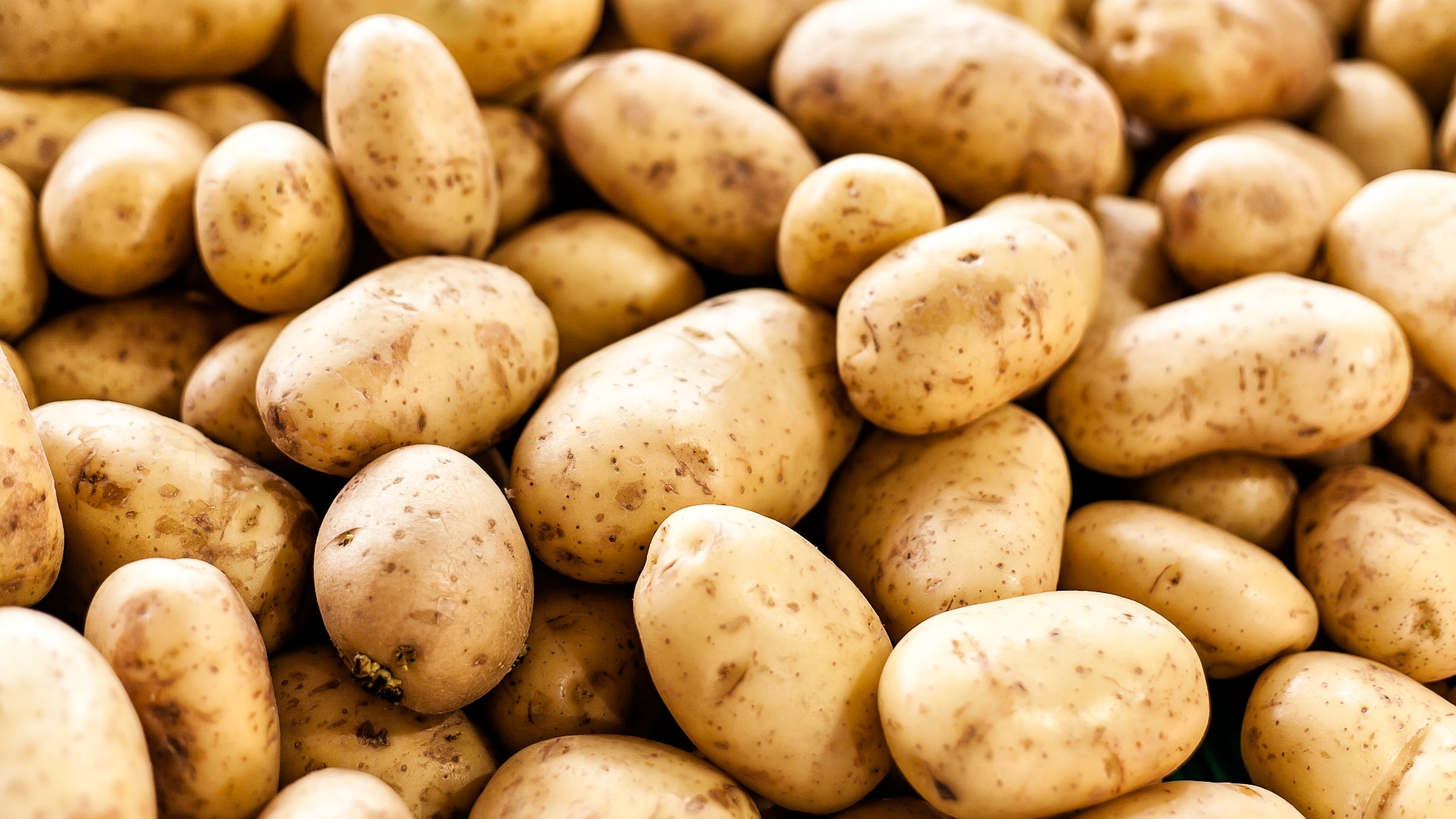
- Spinach: While spinach is a good companion plant for lettuce, it can also shade out lettuce plants and stunt their growth.
- How do companion plants benefit each other?
Companion plants benefit each other in a variety of ways. Some companion plants attract beneficial insects that help to control pests, while others improve soil health or provide shade. For example, marigolds attract parasitic wasps that help to control aphids, while carrots loosen the soil and improve drainage, which can benefit lettuce plants.
- How far apart should companion plants be planted?
The distance at which companion plants should be planted depends on the specific plants involved. In general, it is a good idea to plant companion plants at least 12 inches apart to give them enough space to grow and thrive.
- What are some other benefits of companion planting?
In addition to deterring pests and improving soil health, companion planting can also help to:
- Increase crop yields
- Improve plant health
- Reduce the need for pesticides
- Attract pollinators
- Create a more aesthetically pleasing garden
Image of best lettuce companion plants
- Chives and garlic: Chives and garlic are both good companion plants for lettuce because they help to deter pests, such as aphids.

- Carrots: Carrots and lettuce can be planted together because they have different root systems and do not compete for nutrients.

- Peas: Peas and lettuce can be planted together because they fix nitrogen in the soil, which benefits the lettuce.

- Basil: Basil is a good companion plant for lettuce because it helps to repel pests and attract pollinators.

- Spinach: Spinach and lettuce can be planted together because they have similar growing conditions.


Post a Comment for " Best Lettuce Companion Plants That Will"